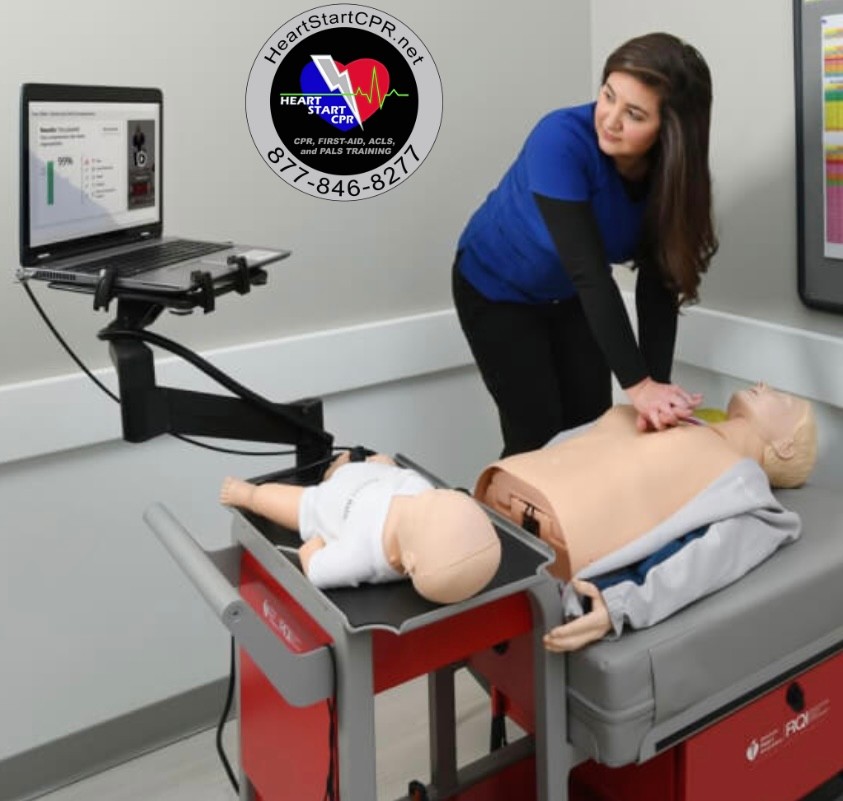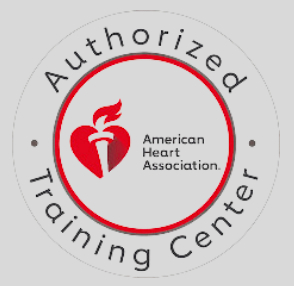While providing basic life support (BLS) during emergency situations, assessing the heart is very important in order to determine if a patient is in cardiac arrest, make informed decisions, monitor response to interventions, and identify underlying causes. Although cardiac arrest and heart attack are related terms, the basic assessment for the conditions will be different.
Cardiac Arrest
Cardiac arrest is a sudden and abrupt loss of heart function, typically caused by an electrical malfunction in the heart that disrupts its pumping action. During cardiac arrest, the heart’s normal rhythm becomes irregular or chaotic, leading to the cessation of blood flow to the body’s organs, including the brain. Immediately deliver CPR or the patient’s life will be at risk and eventually die. CPR should be delivered immediately for cardiac arrest.
Symptoms:
Symptoms of cardiac arrest may vary between individuals, some may experience atypical or silent symptoms, especially women, older adults, and individuals with diabetes. Some of the common symptoms of cardiac arrest are:
- Chest pain
- Pain on chest, shoulders, arm, back, neck, teeth, jaw
- Sweating
- Nausea, vomiting, or indigestion
- Fatigue or weakness
- Heartburn
- Shortness of breath
Treatment:
Start delivering immediate CPR when someone is experiencing cardiac arrest. Call 911 or order someone to call an emergency medical service and seek for AED. On arrival of AED use AED.
Heart Attack
Heart attack, also known as a myocardial infarction (MI), occurs when the blood flow to a part of the heart muscle is blocked or significantly reduced, resulting in damage or death of the affected heart tissue. This blockage is usually caused by a buildup of fatty deposits called plaques in the coronary arteries, which supply oxygen-rich blood to the heart muscle. The patient undergoes pain in chest, neck, shoulders, jaw, teeth, and arms.
Symptoms:
- Sudden loss of consciousness or unresponsiveness
- Absence of pulse or heartbeat
- No breathing or irregular gasping
- Cyanosis (bluish discoloration) of the skin, particularly around the lips and nail beds
- Sudden collapse
Treatment:
Follow the below steps to provide basic life support for a patient experiencing heart attack:
- Call 911 or emergency medical service (EMS)
- Monitor vital signs
- Give patient to chew aspirin (usually one adult aspirin, 325 mg)
- Deliver CPR if the patient is unconscious


